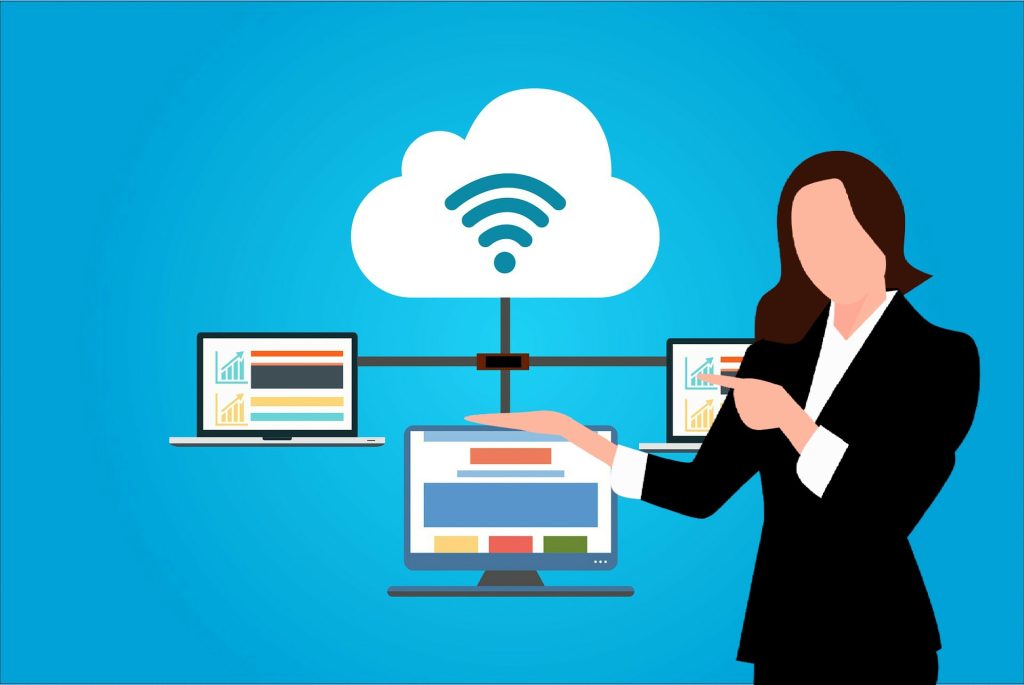Digital Experience Monitoring (DEM) has become an essential practice for businesses seeking to deliver exceptional online experiences to their customers. As the digital landscape continues to evolve, organizations need effective tools and strategies to monitor and optimize user experiences.
The Gartner Market Guide for Digital Experience Monitoring provides valuable insights and recommendations for businesses looking to implement DEM solutions. In this article, we will delve into the key aspects of the Gartner Market Guide, explore the significance of DEM, and discuss the benefits it offers to organizations.
1. Understanding Digital Experience Monitoring

1.1 What is Digital Experience Monitoring?
Digital Experience Monitoring (DEM) refers to the practice of measuring and analyzing the quality of user experiences across various digital channels and touchpoints. It encompasses monitoring the performance, availability, and functionality of websites, mobile applications, APIs, and other digital assets. DEM provides organizations with actionable insights into how users interact with their digital platforms, helping them identify and resolve issues that could impact user satisfaction and business outcomes.
1.2 The Importance of Digital Experience Monitoring
In today’s highly competitive digital landscape, user experience is a critical differentiator. Poor digital experiences can result in increased bounce rates, decreased conversions, and damage to a brand’s reputation. DEM allows organizations to proactively identify and address issues that hinder user experiences, ensuring optimal performance, reliability, and usability. By monitoring digital experiences, businesses can deliver seamless interactions, enhance customer satisfaction, and drive business growth.
2. Key Findings from the Gartner Market Guide

2.1 Definition and Scope of Digital Experience Monitoring
The Gartner Market Guide provides a comprehensive definition and scope for DEM. It highlights the need for end-to-end visibility into the entire digital experience journey, encompassing network performance, application performance, user behavior, and business impact. The guide emphasizes the importance of monitoring real user interactions, synthetic transactions, and the underlying infrastructure to gain a holistic understanding of the digital experience landscape.
2.2 Evolution of DEM Capabilities
The Gartner Market Guide outlines the evolution of DEM capabilities, highlighting the shift from traditional application monitoring to more advanced practices. It emphasizes the need for DEM solutions that incorporate real-time monitoring, user-centric analytics, proactive alerting, and intelligent automation. The guide also explores emerging technologies such as artificial intelligence (AI), machine learning (ML), and observability, which are transforming the DEM landscape.
2.3 Key Vendors and Market Trends
The Gartner Market Guide provides insights into key vendors in the DEM market and identifies notable trends. It highlights the importance of vendor ecosystems, integration capabilities, and scalability when selecting DEM solutions. The guide also emphasizes the increasing demand for cloud-based DEM platforms, the convergence of application performance monitoring (APM) and DEM, and the rising adoption of synthetic monitoring and real user monitoring (RUM) techniques.
3. Benefits of Implementing DEM Solutions

3.1 Enhanced User Experience and Satisfaction
Implementing DEM solutions enables organizations to identify and address issues that impact user experience promptly. By monitoring performance, availability, and usability, businesses can proactively optimize their digital platforms, resulting in faster page load times, seamless transactions, and improved overall satisfaction for users.
3.2 Increased Operational Efficiency
DEM solutions provide valuable insights into the performance and health of digital assets, helping organizations streamline operations and improve efficiency. By identifying bottlenecks, latency issues, and errors, businesses can optimize their infrastructure, allocate resources effectively, and reduce mean time to resolution (MTTR) for performance-related incidents.
3.3 Data-Driven Decision Making
By leveraging the analytics capabilities of DEM solutions, organizations gain access to valuable data about user behavior, trends, and preferences. This data can be used to inform data-driven decision making, such as optimizing content, improving user flows, and personalizing experiences. By leveraging actionable insights, businesses can tailor their digital strategies to meet the specific needs and preferences of their target audience.
3.4 Proactive Issue Identification and Mitigation
DEM solutions enable proactive issue identification and mitigation by providing real-time monitoring and alerting capabilities. Organizations can set up automated alerts for performance deviations, errors, or anomalies, allowing them to address issues before they impact the end-user experience. This proactive approach minimizes downtime, reduces user frustration, and protects the organization’s reputation.
3.5 Improved Business Outcomes
By ensuring exceptional digital experiences, organizations can drive positive business outcomes. A seamless user experience translates into increased customer loyalty, higher conversion rates, and improved customer retention. Additionally, positive digital experiences contribute to positive brand perception and differentiation in a crowded marketplace.
4. Implementing DEM: Best Practices

4.1 Define Key Performance Indicators (KPIs)
Organizations should define relevant KPIs aligned with their business goals and user expectations. Key performance indicators may include metrics such as page load time, transaction success rates, error rates, and conversion rates. Establishing KPIs helps organizations track the effectiveness of their DEM efforts and identify areas for improvement.
4.2 Implement a Holistic Monitoring Strategy
A holistic monitoring strategy involves monitoring the entire digital experience journey, including network performance, application performance, user interactions, and business impact. Organizations should leverage a combination of real user monitoring (RUM), synthetic monitoring, and infrastructure monitoring to gain comprehensive insights into the end-to-end user experience.
4.3 Choose the Right DEM Solution
When selecting a DEM solution, organizations should consider factors such as scalability, integration capabilities, ease of use, and vendor support. It’s essential to choose a solution that aligns with the organization’s specific requirements and integrates seamlessly with existing systems and workflows.
4.4 Continuously Optimize and Iterate
Digital experiences evolve, and so should the DEM strategy. Organizations should continuously monitor, analyze, and optimize their digital platforms based on user feedback and data insights. Regularly revisiting KPIs, refining monitoring techniques, and staying updated with emerging technologies and industry trends ensures the DEM strategy remains effective and aligned with changing user expectations.
Conclusion
The Gartner Market Guide for Digital Experience Monitoring provides organizations with valuable insights into the significance of DEM and the evolving landscape of monitoring solutions. By implementing DEM practices, businesses can enhance user experiences, increase operational efficiency, make data-driven decisions, and drive positive business outcomes. As organizations continue to prioritize digital experiences, leveraging DEM becomes a crucial aspect of delivering exceptional online interactions and staying ahead in the competitive digital landscape.
In conclusion, the Gartner Market Guide for Digital Experience Monitoring serves as a valuable resource for organizations seeking to optimize their digital experiences. By understanding the importance of DEM, exploring key findings from the guide, and implementing best practices, businesses can unlock numerous benefits.
DEM enables organizations to gain comprehensive visibility into the performance, availability, and functionality of their digital platforms. With real-time monitoring and analytics capabilities, businesses can proactively identify and address issues, resulting in enhanced user experiences, increased operational efficiency, and improved business outcomes.
To successfully implement DEM, organizations should define relevant KPIs, develop a holistic monitoring strategy that covers the entire digital experience journey, choose the right DEM solution, and continuously optimize and iterate their approach based on user feedback and data insights.
As the digital landscape continues to evolve, staying updated with emerging technologies and industry trends becomes critical for successful DEM implementation. By leveraging the insights and recommendations from the Gartner Market Guide, organizations can stay at the forefront of DEM practices and ensure they deliver exceptional digital experiences to their customers.
In an era where digital interactions play a vital role in shaping customer perceptions and driving business success, investing in digital experience monitoring is a strategic decision. By prioritizing the optimization of digital experiences, organizations can differentiate themselves from competitors, build strong customer relationships, and achieve long-term growth in the digital realm.





